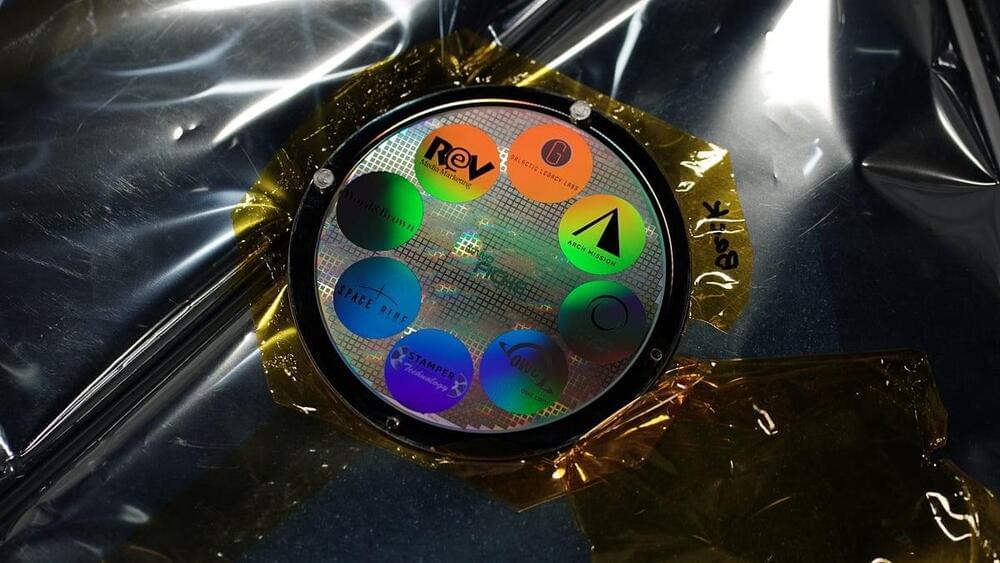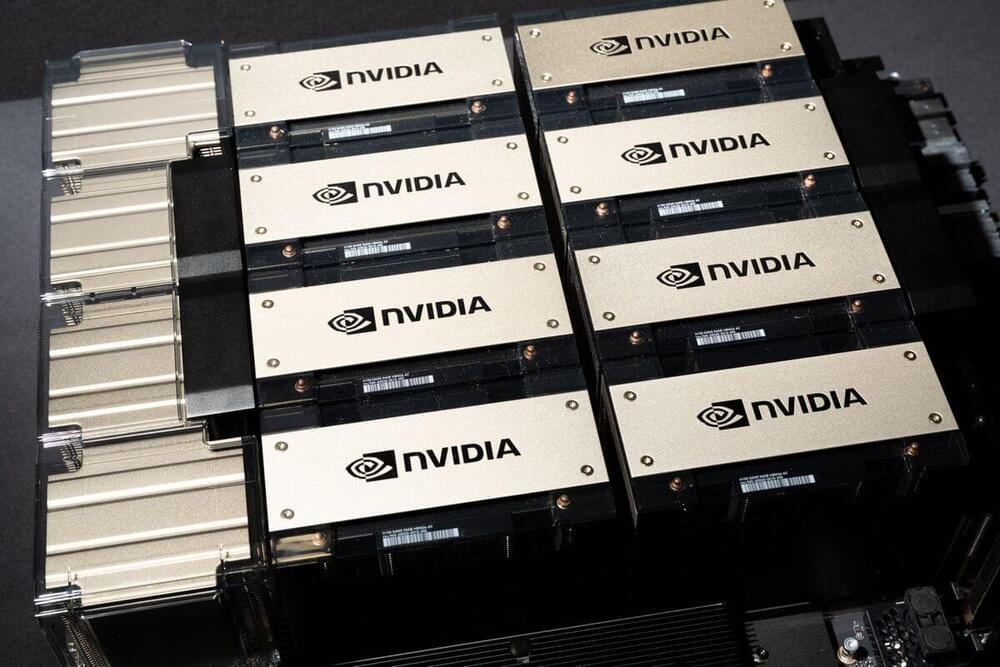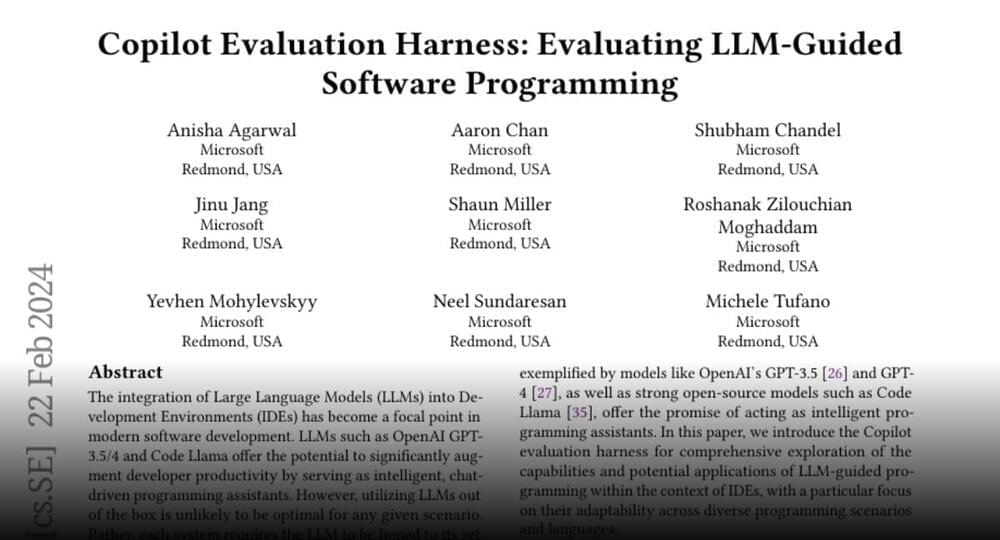New disks are Blu-ray-size but offer up to 10,000x greater capacity.
The search for habitable exoplanets involves looking for planets with similar conditions to the Earth, such as liquid water, a suitable temperature range and atmospheric conditions. One crucial factor is the planet’s position in the habitable zone, the region around a star where liquid water could potentially exist on the planet’s surface. NASA’s Kepler telescope, launched in 2009, revealed that 20–50% of visible stars may host such habitable Earth-sized rocky planets. However, the presence of liquid water alone does not guarantee a planet’s habitability. On Earth, carbon compounds such as carbon dioxide (CO2), methane (CH4), and carbon monoxide (CO) played a crucial role in shaping the climate and biogeochemistry and could have contributed to the emergence of life.
Taking this into consideration, a recent study by Associate Professor Kazumi Ozaki from Tokyo Institute of Technology, along with Associate Researcher Yasuto Watanabe from The University of Tokyo, aims to expand the search for habitable planets. Published in the Astrophysical Journal(External site) on 10 January 2024, the researchers used atmospheric modeling to identify conditions that could result in a CO-rich atmosphere on Earth-like planets that orbit sun-like (F-, G-, and K-type) stars. This phenomenon, known as CO runaway, is suggested by atmospheric models to have possibly occurred in early planetary atmospheres, potentially favoring the emergence of life.
“The possibility of CO runaway is critical in resolving the fundamental problem regarding the origin of life on Earth because various organic compounds suitable for the prebiotic chemistry are more likely to form in a CO-rich atmosphere than in a CO2-rich atmosphere,” explains Dr. Ozaki.
Streamlined workflows for DNA and RNA sequencing are helping clinicians to deliver prompt, targeted care to people in days — or even hours.
Join us on Patreon! https://www.patreon.com/MichaelLustgartenPhDDiscount Links: DunedinPACE: https://trudiagnostic.com/?irclickid=U-s3Ii2r7xyIU-LSYLyQdQ62UkA…
Security experts at the University of Florida, in collaboration with CertiK, a security audit company, have uncovered a potential cybersecurity threat that could result in smartphones catching fire when placed on wireless chargers.
According to TechXplore, this discovery highlights vulnerabilities in the Qi communication-based feedback control system used in inductive chargers, which wirelessly transfer energy to devices through electromagnetic fields.
Nvidia becomes the latest US company to reach the $2 trillion market cap, following Microsoft and Apple.
Could we disregard author rights for the sake of putting civ backup?
And put a lot more or at least more chosen pieces (but what to choose)?
We are thrilled to announce that on February 22, 2024, our third attempt to land the Arch Mission Foundation’s 30 million page Lunar Library on the Moon has succeeded!
The surge in Nvidia Corp. shares on Thursday has left short sellers with about $3 billion in paper losses, according to an analysis by S3 Partners LLC, which called it an “AI generated nightmare” for bearish traders.









